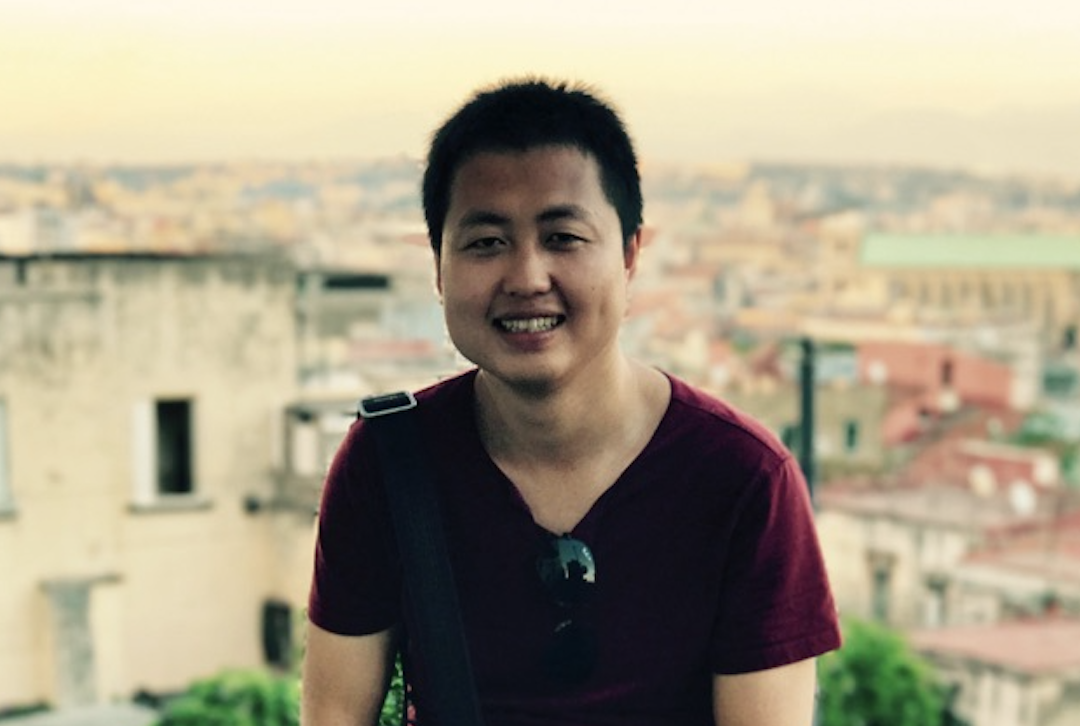
Dr. Benchi Wang
Principle investigator of attention and memory group,
Lab website: https://wangbenchi.github.io/
2019-now Associate Research Fellow, South China Normal University
2015-2019 PhD, Cognitive Psychology, Vrije Universiteit Amsterdam
Ad hoc Reviewer
Psychological Research, Current Direction in Psychology, Visual Cognition, Plos One, Royal Society Open Science, Quarterly Journal of Experimental Psychology, Journal of Experimental Psychology: Human Perception and Performance, Journal of Cognitive Neuroscience.
Research Interest
I) Visual selection, distractor suppression, and spatial attention
In our daily life, we always encounter a complex visual world with an enormous amount of perceptual information. It is well known that we cannot process all information at one time, but instead we need to direct limited resources towards a subset of relevant items that is closely linked to our current behaviour (i.e., visual selection).
Image that you are working in your office writing a science paper. The goal is to finish this paper and to stay focused on the work at hand. This is a form of goal-driven selection involving top-down control. Imagine that someone knocks on your door; this will distract you and your attention is automatically oriented towards the door. This would be a form of stimulus-driven selection involving bottom-up control. If your colleague keeps knocking on the door just for fun, you probably will be able to supress the distracting and continue to work again at your paper. This is a form of history-driven selection involving lingering biases due to previous selection episodes.
From the example described above, we can conceptualize visual selection as being controlled in three ways (Awh, Belopolsky, & Theeuwes, 2012; Theeuwes, 2018, 2019): top-down control, bottom-up control, and selection-history. We are mainly interested in how those factors interact with each other, to shape the selection priority map, driving current selection.
II) Visual working memory and visual attention
Visual working memory (VWM) is commonly treated as an online memory system which not only provides temporary storage, but also manipulates the information necessary for ongoing complex cognitive tasks, such as learning and reasoning. The standard view of VWM has been that the storage capacity of VWM is limited, and is assumed to hold up to ~4 items at a time (Cowan, 2001).
Given by that this memory system with limited capacity does play an important role in many cognitive tasks, it is necessary to understand how this system works, how to improve its capacity, how to manipulate the memory representation of items stored in memory, and how it is related to our Long-term memory system. We are mainly interested in multiple research directions regarding VWM.
Job positions
If you are interested in doing your internship, master thesis, Master, PhD, or Post-doc in our lab, please contact Dr. Benchi Wang: wangbenchi.swift@gmail.com. Motivate your interest, and include your CV and grade list, in an email.